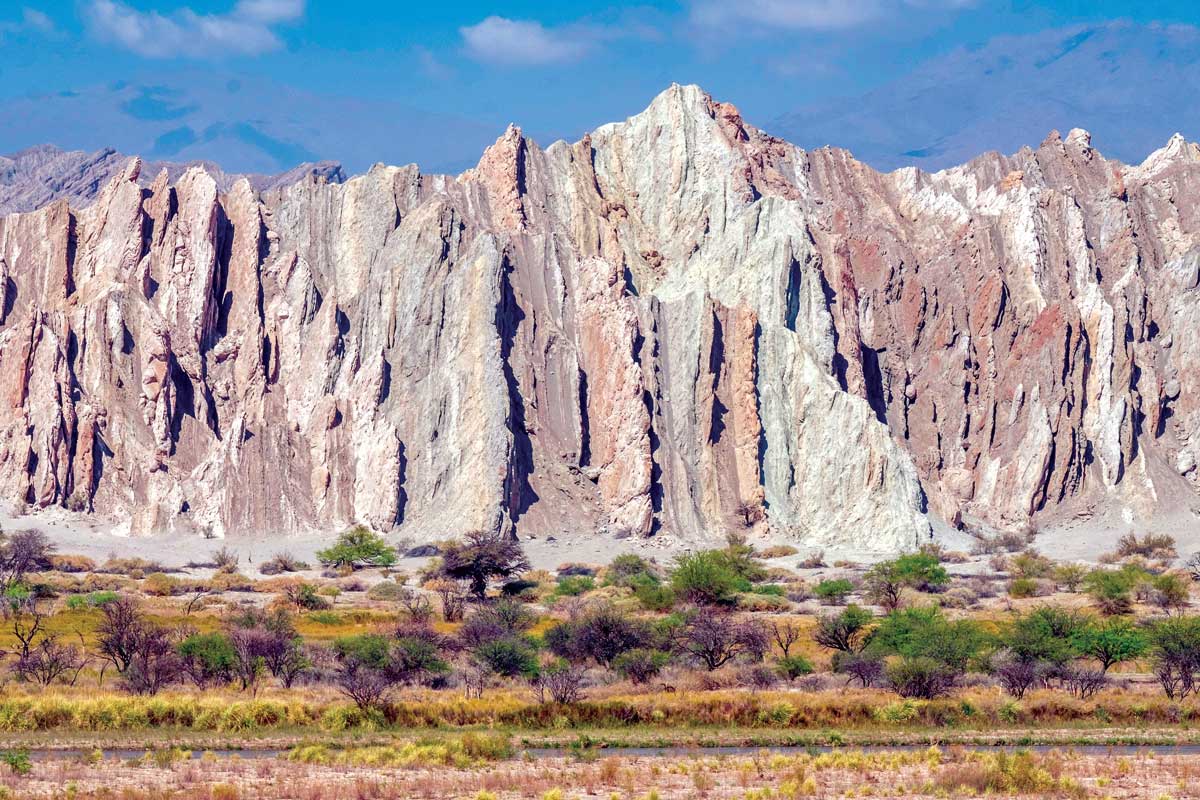The Inca's Last Stand | History Today - 1 minute read

We rode up a dried river bed near Salta, north-west Argentina, under a fast-rising sun. Above a shadowy bend, a rock face was printed with a cryptic series of red, white and black dots. Trains of llamas and alpacas wove among thunderbolts of earthen pigment. They were at least 500, perhaps 1,000 years old, said Martin Pekarek, an anthropologist and manager of the local ranch. The same people probably left the handful of smooth bowls carved into a rock, possibly ceremonial mortars, at the entrance to the valley.
‘There’s no interest in them anymore’, Martin told me. ‘The government would rather the Diaguita were forgotten, divided and lost what’s left of their language. That way they’re easier to control.’
I had come to this arid, Andean corner of the country in search of the Diaguita, or Calchaquí. This nation of warlike tribes resisted Spanish conquest for 130 years until 1659 – before seemingly vanishing, having joined the Andalusian adventurer Pedro Bohórquez in a doomed, quixotic uprising. This curious, little-known episode not only complicates the Europeanised, Atlantic-facing narrative of modern Argentina. It also sheds light on the colonial imagination, both Spanish and Indigenous – and anticipates later Andean revolutions.